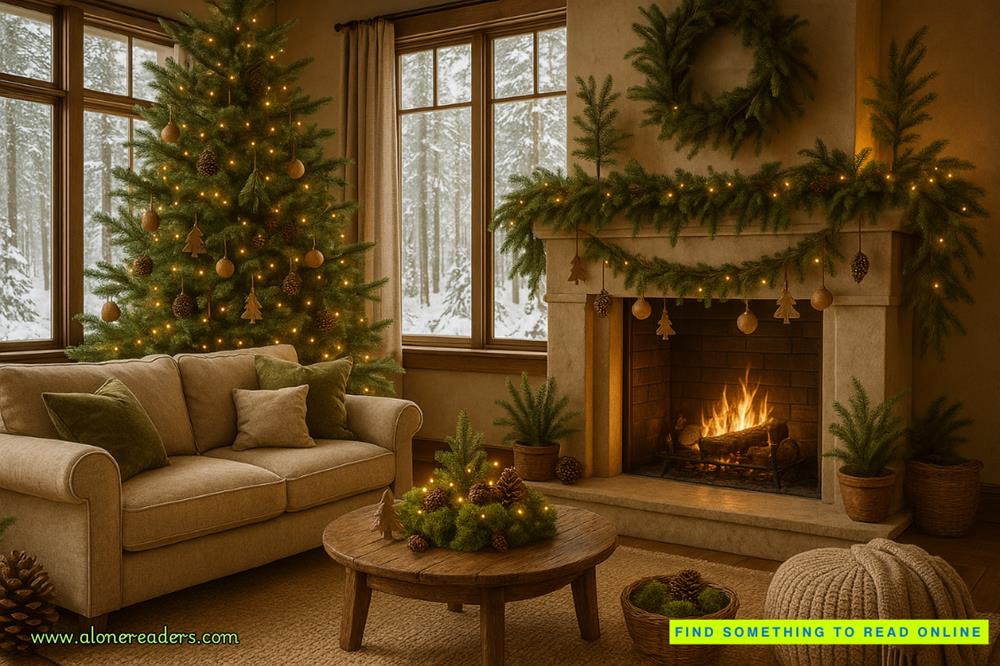Page 49 of Dead Mountain
RODNEY O’CONNELL
PAUL TOLLAND JR.
AMANDA VAN GELDER
GORDON WRIGHT
She glanced up at the snow clouds advancing out of the west. She looked again at the memorial, strewn not only with offerings but also bits and pieces of trash from thoughtless visitors—gum wrappers, old cigarette butts, aluminum foil, a discarded water bottle, even toilet paper. People could be such pigs.
She felt a wash of irritation. They could make a huge collection of all this stuff lying around and take it back to the archaeology lab, of course, but there would still be no way of telling offerings or trash from something left by the original hikers. And what could they find now, fifteen years later, that hadn’t been recovered before?
She turned to Stan. “I know we promised the FBI we’d survey the site, but it’s hopeless. Wouldn’t you agree?”
“I would.”
What a waste of time. There must be something they could do to salvage the long trip out here.
Suddenly she had an idea: it was so simple, so obvious, that she was amazed no one had thought of it before.
She paused, looking around. The tent had been pitched out of the wind, with the ridge sloping down northeast to the tree line and a saddle, about a mile away. That was the direction the hikers had fled, and in those trees was where they had tried to build a fire. Under a cedar tree. But as she looked down, she realized most of the trees were not cedars but Douglas firs.
“Let’s hike down to the saddle,” she said, “and see if we can find the cedar tree they built a fire under. And survey that area instead.”
“Is this something the FBI asked you to do?” Morrison asked a little dubiously.
“No. I don’t think they’ve even thought of it. But it’s a good idea—don’t you think?”
“Sure. If we can find it.”
They hoisted their packs and headed down the ridge, Stan resuming his humming. After a while the tree line loomed up, seemingly a solid wall of firs, with small, wind-twisted ones at the edge and taller ones farther in.
Nora followed the edge of the trees, looking for a cedar and trying despite herself to figure out what tune Stan was massacring. Just as she decided it was “On the Sunny Side of the Street,” she stopped. Damned if there wasn’t a cedar, standing all by itself just twenty yards into the fir forest.
She pushed through the scrubby firs, and in a moment she and Stan stood under the tall cedar. The area underneath was fairly open, and it seemed like a perfect place to take shelter. As she looked up, she could see that some of the lower, dead branches showed signs of being broken years before.
“Okay. Let’s look for charcoal.”
She paused to take stock, trying to imagine what it would be like here at night, in a blizzard. The wind had been from the west—she remembered that from the meteorological files—so they would have started their fire on the eastern side of the tree. Since naturally they’d all want to huddle around, the fire would be back from the trunk a bit. Her eye settled on an area of ground thankfully free of snow and covered by cedar duff.
“Let’s start here,” she said, dropping her pack and taking out a small trowel. Kneeling, she used the edge of the trowel to gently move aside a layer of duff, then another, and then a third, moving linearly from one side of the possible campfire site to the other. On the fourth swipe, she turned over a small chunk of charcoal and some black-stained earth.
“Bingo,” she said.
Stan was looking at her, mouth agape. “How the hell did you do that?”
Nora couldn’t help but smile. “Let’s stake out a four-meter-square grid here, with corners there, there, and there.”
Taking Day-Glo pegs from the pack, Morrison drove one into the ground, then measured off two-meter distances at right angles, and soon had completed the grid, strung across with orange string. Nora photographed it.
“You start on that quad; I’ll start on this. Go down only as far as the charcoal horizon—no deeper. Photograph every trowel section. And pile the tailings here, please.”
“Got it.”
They began work. Mercifully, Stan remained silent. Nora carefully removed a layer of duff from the charcoal stain, the smells of cedar, pine resin, and damp earth filling her nostrils. Gradually, they exposed the full extent of the fire, which was so well preserved there were still some pieces of partially burned wood embedded in the ground. They were fresh, and far different from the prehistoric hearths she was used to excavating.
Once they had uncovered the charcoal area, she began to go down, millimeter by millimeter, scraping with the edge of the trowel, while Stan worked outside the perimeter of the fire stain.
A gleam came to light at the edge of the old fire. She halted, looking closer. Then she put the trowel aside and took out a small paintbrush, with which she swept back crumbs of soil and charcoal. For a moment, she stared in amazement at the object she had uncovered. Then she took a series of photos with her phone.















